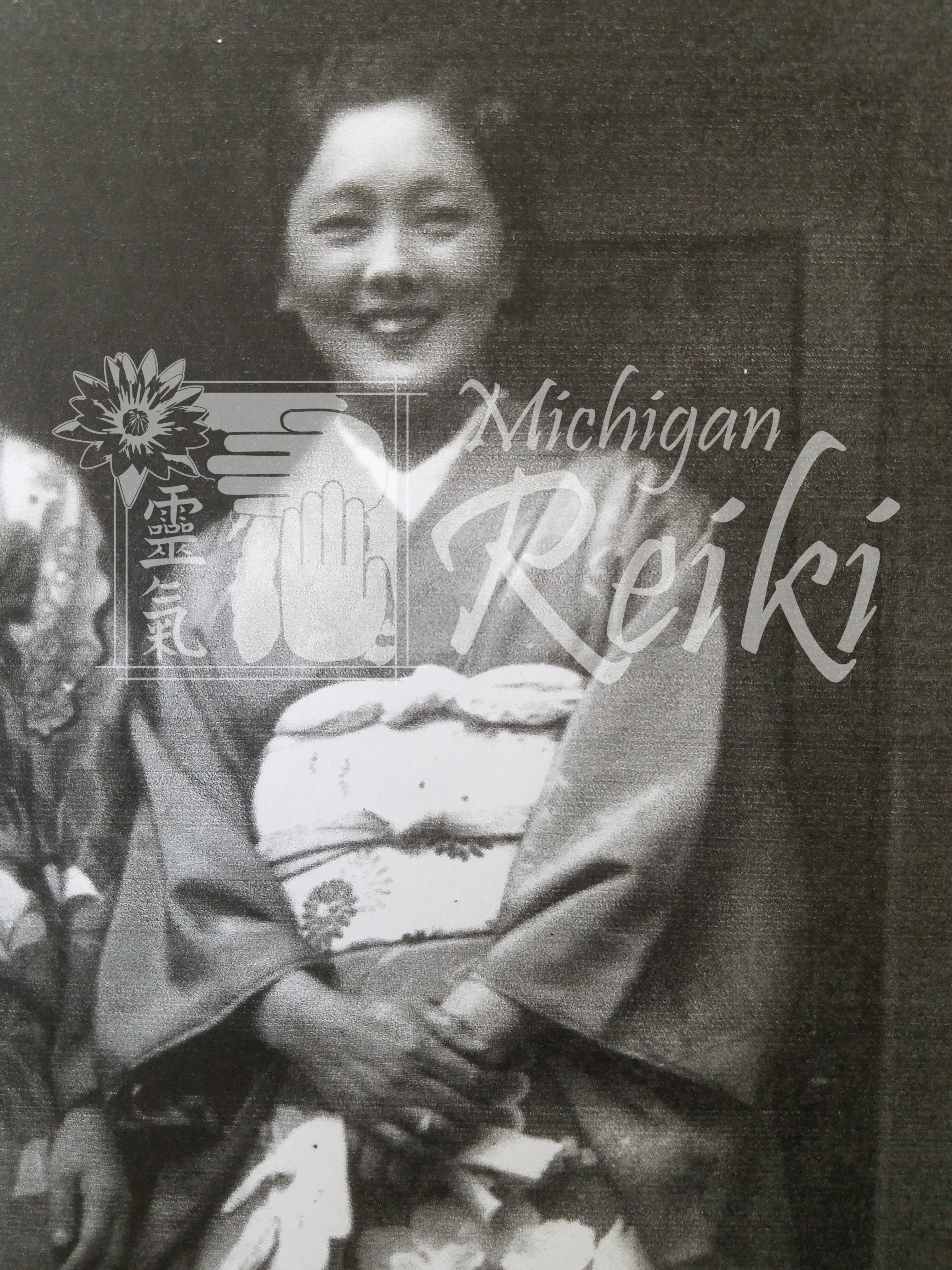What was old is new again.
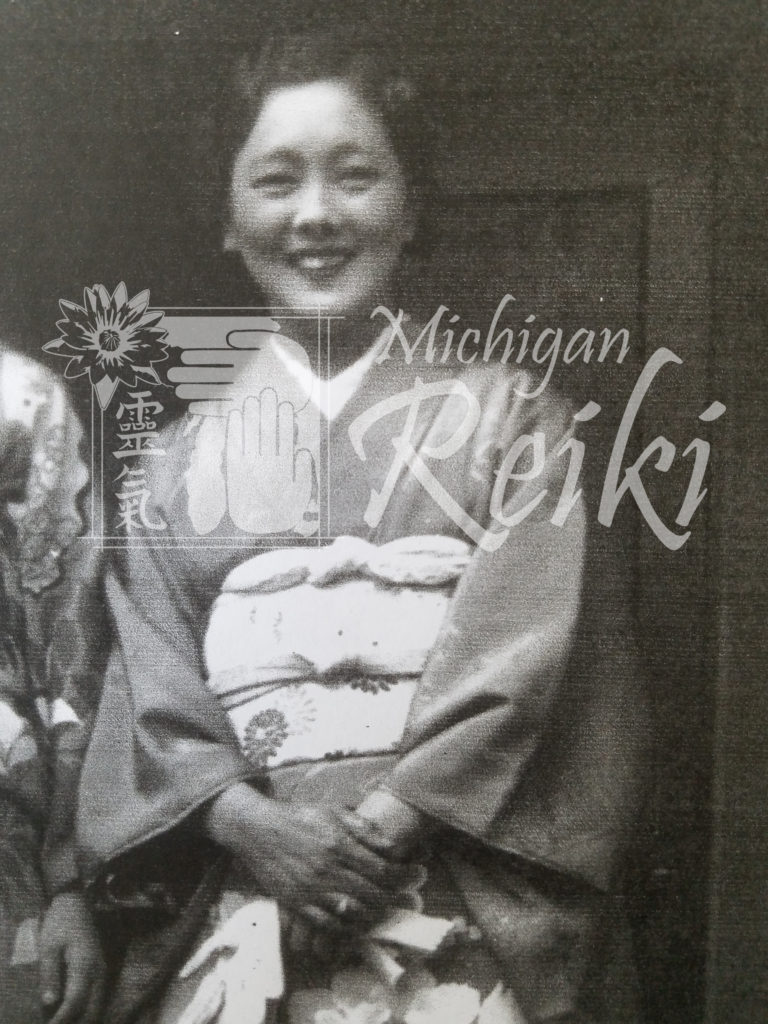
Earlier this spring, I had the opportunity to travel to the University of California Santa Barbara to visit the “Hawayo Takata Papers”; an archive of information comprised of Mrs.Takata’s belongings previously held by her family. This collection was sorted by the Hawayo Takata Archive team, a special project organized and funded by Usui Shiki Ryoho Office of the Grand Master.
This vast collection of Takata’s documents and materials will live on in a protected environment at a reputable institution. Moreover, with this archive’s public status, all Reiki Ryoho students, teachers, and everyone else can go and see real living documents in person. From a researcher’s perspective, this is a wonderful arrangement. Primary sources are a rare thing to find in oral traditions, especially one from another country and (pre-war) era.

On arrival to the campus, I sort of geeked out. I’ve never visited a library archive before and all the decorum and protocol made me feel simultaneously dumb and important. This excitement quickly subsided once I started interacting with Takata sensei’s items. Upon opening the first box and reading a lineage document about Usui sensei (based on information at the Koenji, Tokyo gravesite), I felt a familiar sense of relief; when I visited Usui’s grave in Koenji, Tokyo, I had that same sigh of relief. Relief in finding a another first hand, pre-1980 account about Usui’s Reiki system.
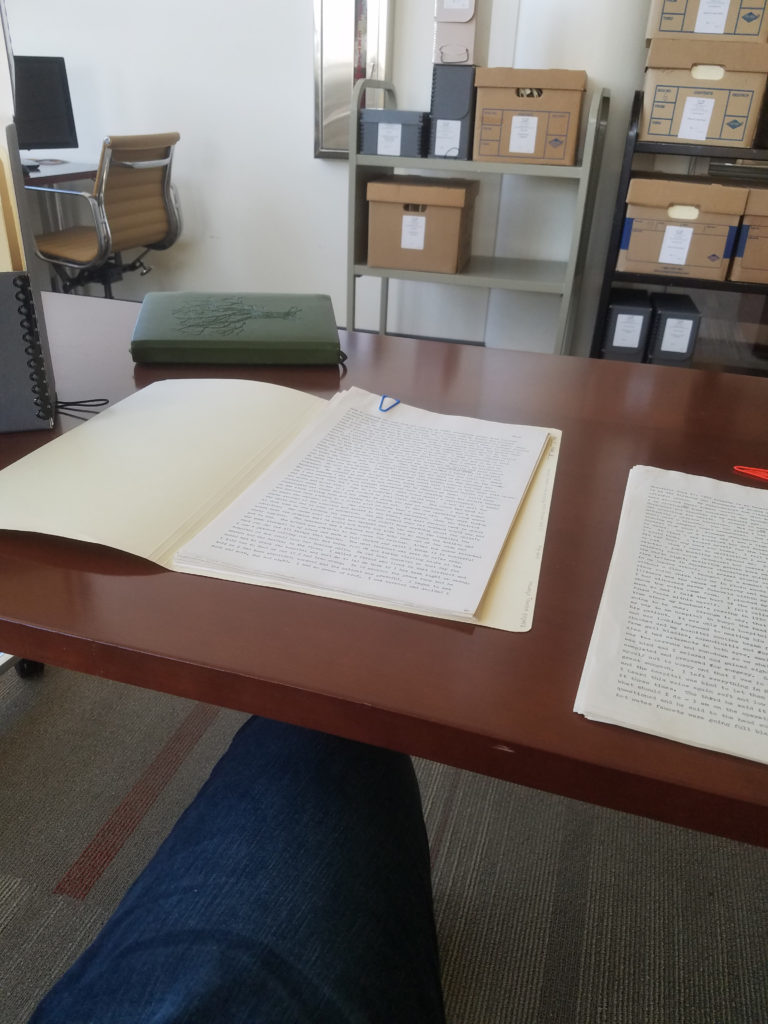
The Takata papers archive is quite large. There one may find all sorts of information; early newspaper articles from Hawaii, personal hand written correspondence to and from Takata sensei, audio recordings, and even Takata’s personal nenju / prayer beads.
So how did I get here? How did I find out about this?
Nearly nine years ago in 2010, I trained first and second degree Reiki Ryoho with Lourdes Gray in the John Harvey Gray lineage. For those who know how I practice and teach teate, they know I’ve always maintained the unique Takata/Gray teate approach, where one starts on the torso/hara, rather than the head. No matter what or where I learned Reiki after that, I’ve kept this lesson because I innately understood its great value.
About 5 years later, in late 2015, I began exploring how to further extend my training and knowledge in Usui Shiki Reiki lineages from Takata, namely the John Harvey Gray lineage. At the time, I was aware that there were more things to study in that stream (such as the blood-exchange / Reiki finish method) and I needed a refresher on that perspective. Fast forward to early 2018, I’ve found my resource in and completed my shinpiden training in the John Harvey Gray Takata lineage.
Considering that background, when I learned about the university archive, I think I literally jumped at the opportunity to visit. Upon arrival a year later in 2019, I recognized the great opportunity at hand. Through these materials, I would further develop my connection with Takata sensei and her immediate family and friends. In a way, I “met” the echoes of Takata sensei, a deep and powerful gift. Many thanks to the countless hours dedicated by the archive team to allow this to happen.
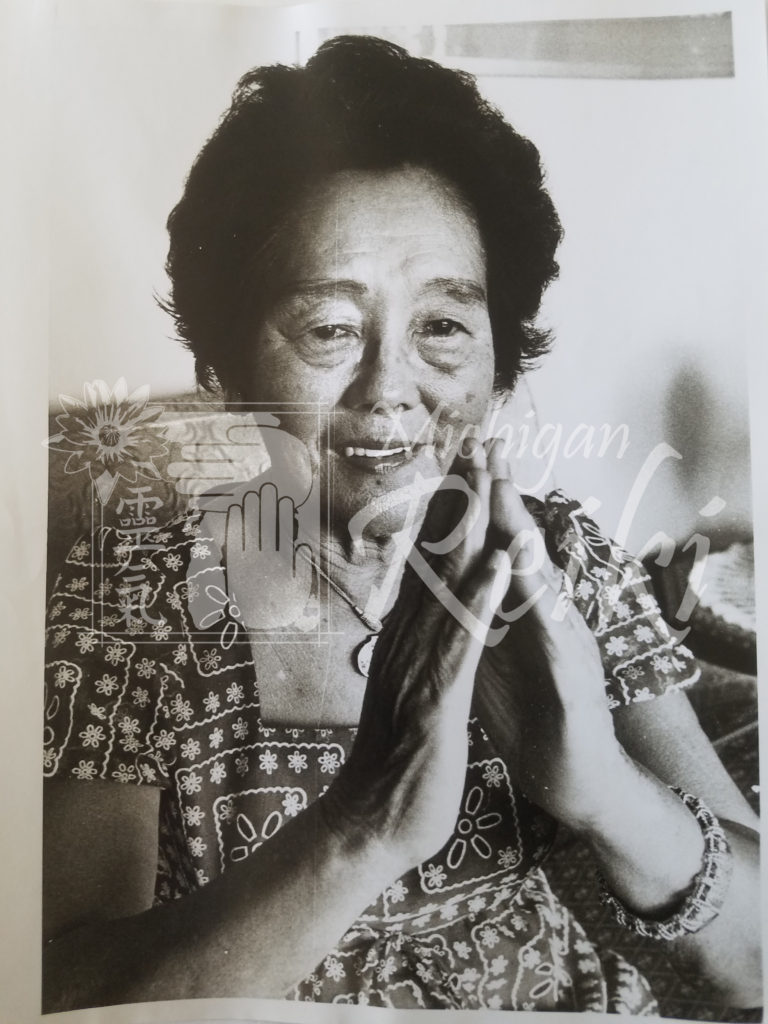
I spent two very full days, reading, holding, and attempting to understand everything I could. However, library of Takata was far too immense for that. I think there were around ten boxes of materials, some packed to the brim with letters of all shapes and sizes. Others, filled with photos, mementos, legal documents, records, and spiritual / religious materials. Still, I did manage to learn a lot during my time before the UCSB staff had to turn off the lights / kick me out.
For one, Takata sensei taught differently in the 30s and 40s than she did in the 70s. This isn’t a huge surprise, I’ve changed my approach toward teaching Reiki many times within the last 5 years let alone 5 decades. That said, there were some fundamental differences.
Consider this quote for instance regarding her view on the foundation of Reiki. Essentially, when explaining to a group of Christian Science members/practitioners in the 1930s who were studying the “Energy Wave” and thereby interested in Takata healing ability (Reiki Ryoho), she says “Reiki originated in Japan and that Buddhism is the foundation whereas their base was Christian Science, and that the would first need to restart by learning Japanese Buddhism, Indian Philosophy and such, otherwise it would be impossible for them to master the true nature of Reiki”
– Hawaii Hochi, July 2, 1938
This perspective is in stark contrast with the wording in her later teachings. For example, consider the name of her unpublished autobiography, “Reiki is God Power”. It seems after 1969, just before teaching in the mainland US, Takata Sensei’s words and/or perspective changed considerably. I’ll leave the probable reasons for this another article. For now, those are the facts as I interpret them.
Another fundamental difference in early 1930’s Usui Reiki Ryoho versus modern approaches is an emphasis on whole-ism; mental / character cultivation and overall body health. This as opposed to the more…disembodied(?) Reiki approaches in our modern era which often specializes in extremes; body-only or mind-only.
A common example of the mind-only extreme is a perspective I would like to call “Reiki Vitalism”; where the physical structure and condition of the body is generally disregarded, in place of just placing hands anywhere and “letting Reiki flow to the problem” so to speak. I hear this perspective from many beginners in my first degree courses who have read about “Reiki” before coming to class. They are often surprised how I emphasize anatomy during the teate lessons.
In the early days of Reiki Ryoho (and Kaiji’s Teate Ryoho), anatomical knowledge was very important. This is evidenced by anatomical charts (spine) in Kaiji’s book or this exact anatomy chart given to Takata from Hayashi sensei:
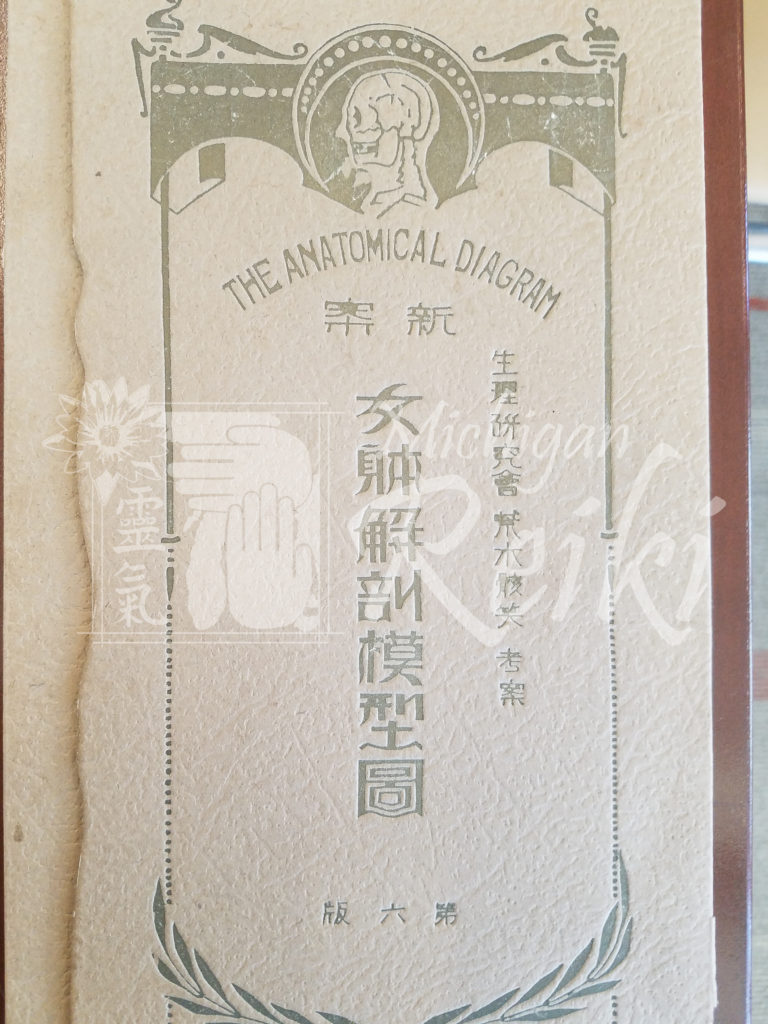
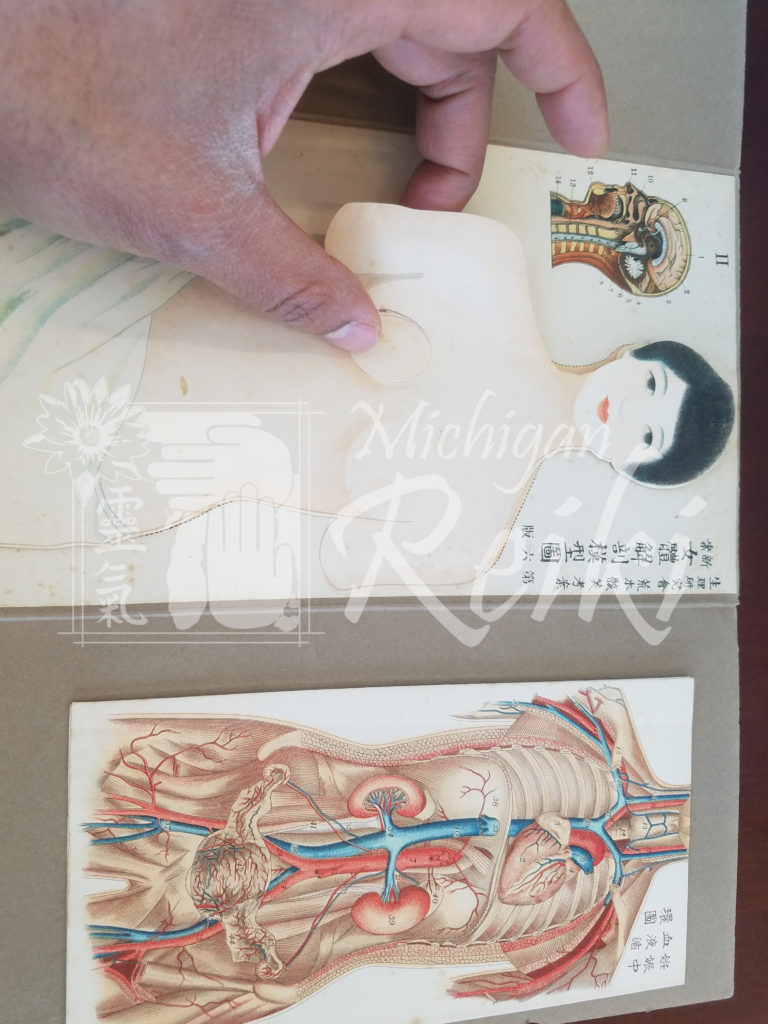
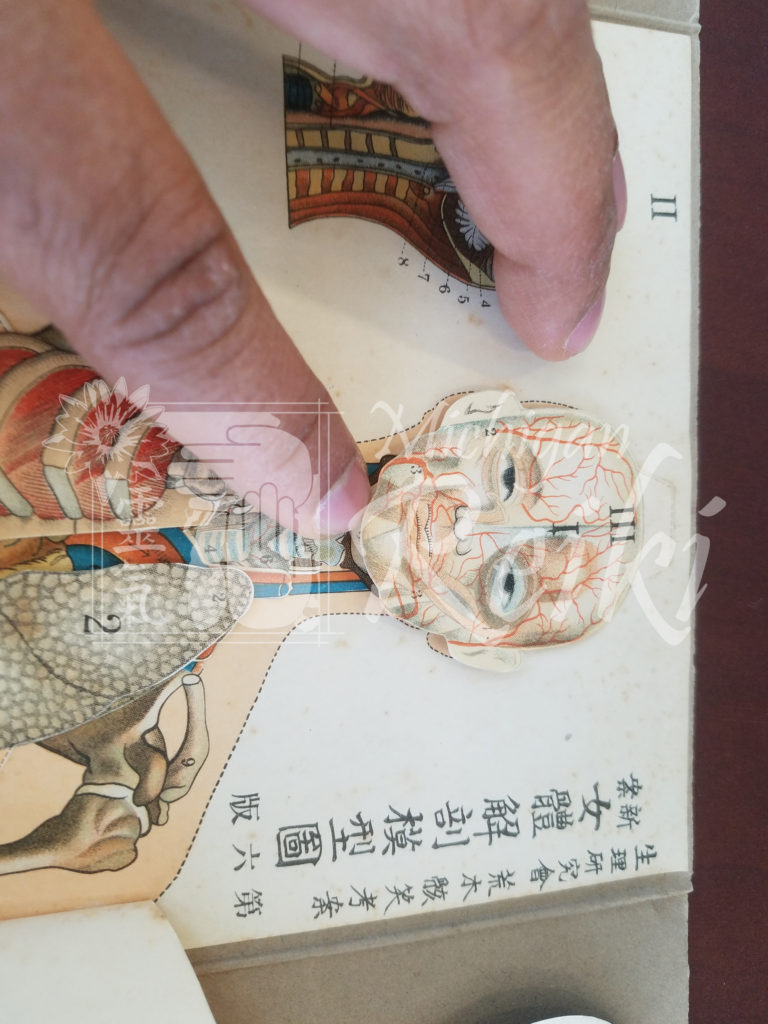
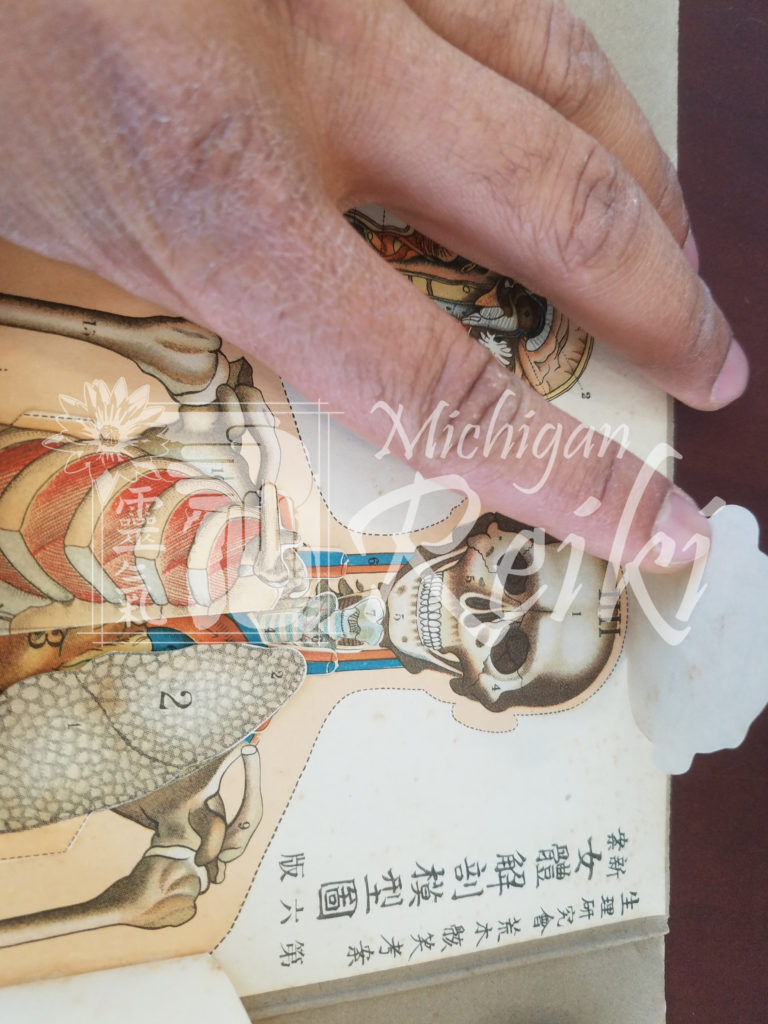
Additionally (and most importantly), spiritual/mental/character cultivation was equally emphasized. Consider the famous Takata quote about the nature of Leiki (Reiki) written in 1935:
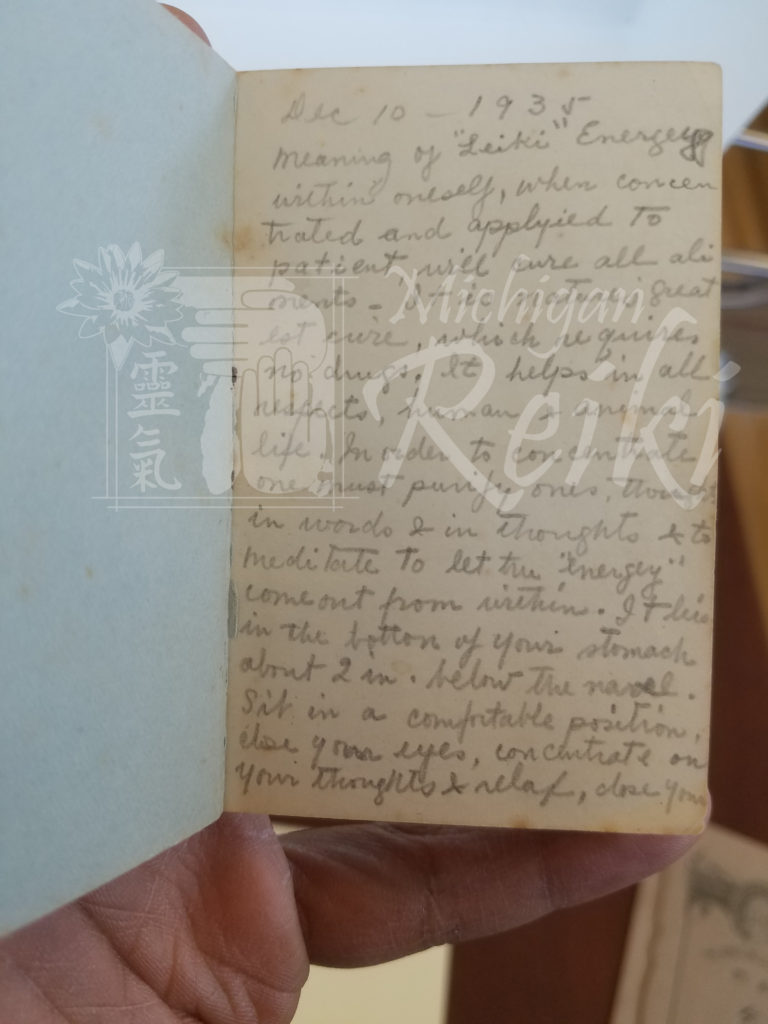
To understand how important this concept was to Takata, even in the 1970’s, Takata sensei often emphasized the importance of holistic treatment:
“Takata emphasized that the spiritual and mental self is number one and the body is number two, but both are needed to create a whole” – Fueston 2017
Reading Hayashi’s words, holding Takata’s diary, understanding her connection with Usui; each of these realizations happened one after another, again and again. It was quite humbling to experience.
Due to my research bias (pre 1970/1980 Reiki Ryoho), I did not have a chance to read Takata’s letters and relationships with her later 1970s era students as closely as I could. With only two days to study, I had to pick a direction and run. However, of the numerous hand-written letters I did read, many aspects of Takata Sensei, the human, came to life; her work ethic, commitment to teaching, commitment to treatment, her professional relationships, and more.
Very quickly, the idea or legend of Takata melted away and the real person became more apparent. This was a living breathing human-being with the same faults and challenges we all face. Takata made mistakes, had friends, played golf, enjoyed nature, cooked food. Takata trusted people and was betrayed. Takata was real.
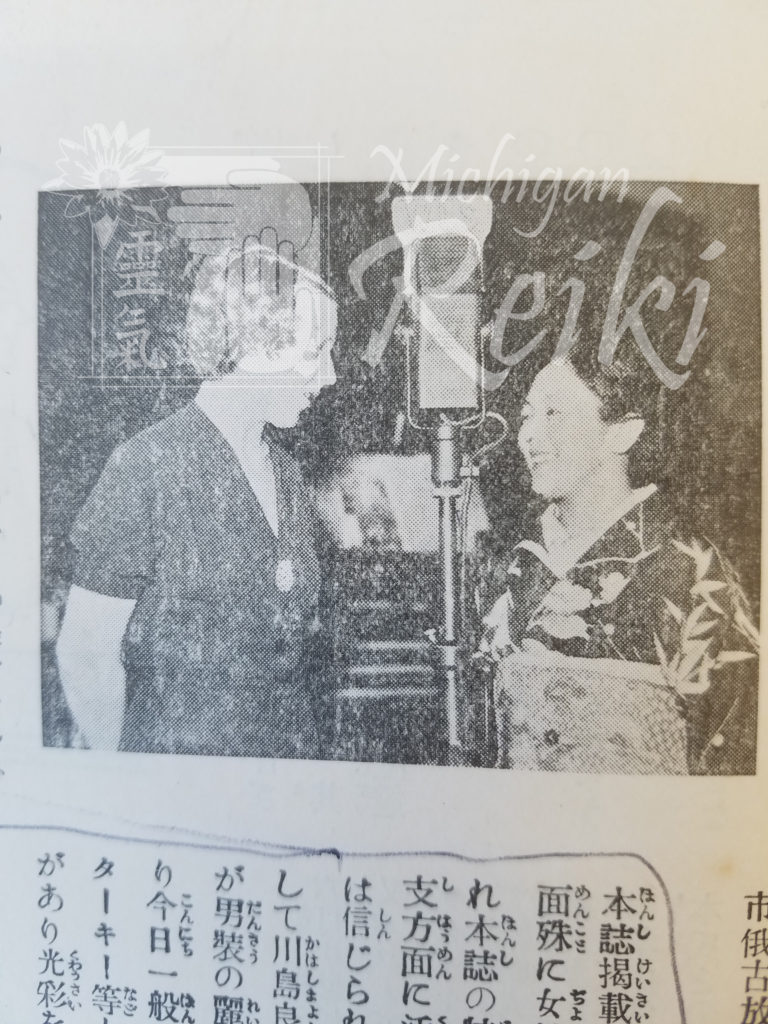
What I find most remarkable is how, given the challenges she faced, both personally and socially, Takata still managed to practice and teach Usui Shiki Reiki Ryoho system as she did.
Take for example, the early days. All during the 1930s, during her own 30s (she was born in 1900), Takata sensei:
- Traveled to Japan from Hawaii to find aid for her ailing husband
- Cremated said husband, becoming a widow with two children
- Manifested what I would call stress induced illness due to this unfortunate situation
- Traveled to Japan for surgery only to opt out last minute and receive treatment from Dr. Chujiro Hayashi (Usui’s successor)
- Successfully regained her health due to Reiki Ryoho
- Successfully convinced Hayashi to train her in Reiki Ryoho despite his hesitation
- Moved in with the Hayashi family as Dr. Hayashi’s Uchi Deshi
- Traveled from door to door in Japan with Hayashi treating patients.
- Visited Usui’s grave
- Invited Hayashi to Hawaii to complete her training
- Held seminars for Reiki in Hawaii
- Traveled to the mainland to discuss Reiki
- Served as a cultural embodiment of Japanese people, setting the tone for Japanese Americans pre-war in America
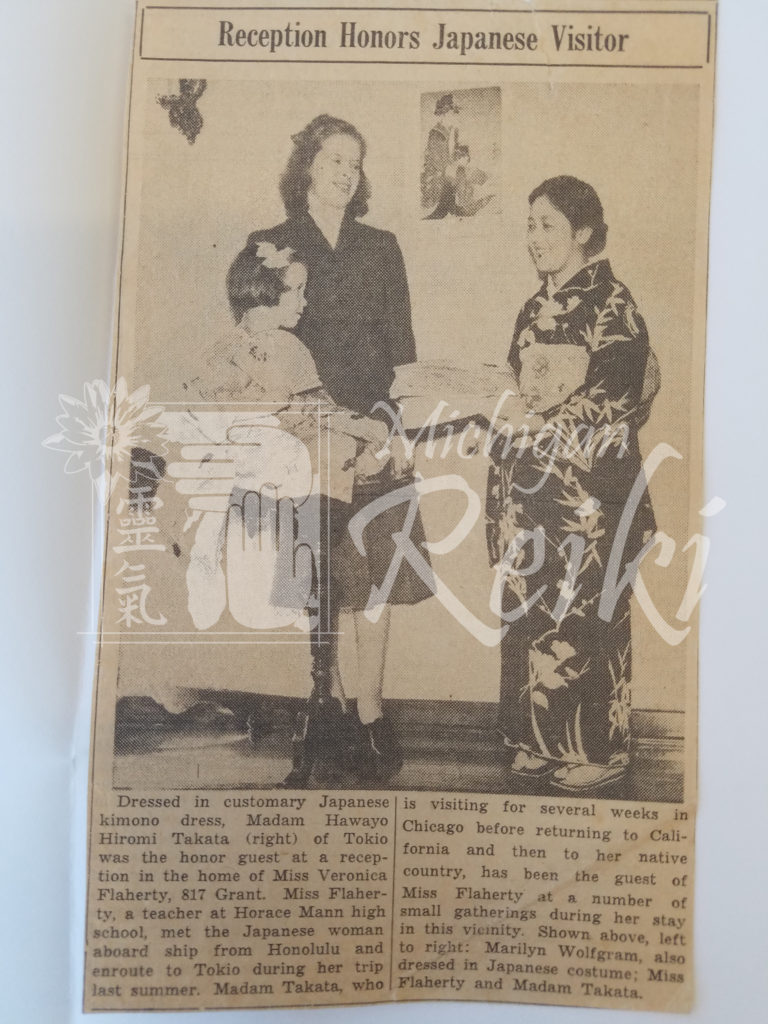
Those facts are especially remarkable from my vantage point; I’m 31 right now, so this is crazy to think she was my age during all of that.
Anyhow, all this and more can be found the Hawayo Takata Papers UCSB archive. If you are research minded and would like to deepen your connection with the early days of Reiki Ryoho in America, I highly highly recommend you visit this archive with an open mind. Doing so has helped my practice and perspective grow immensely.

